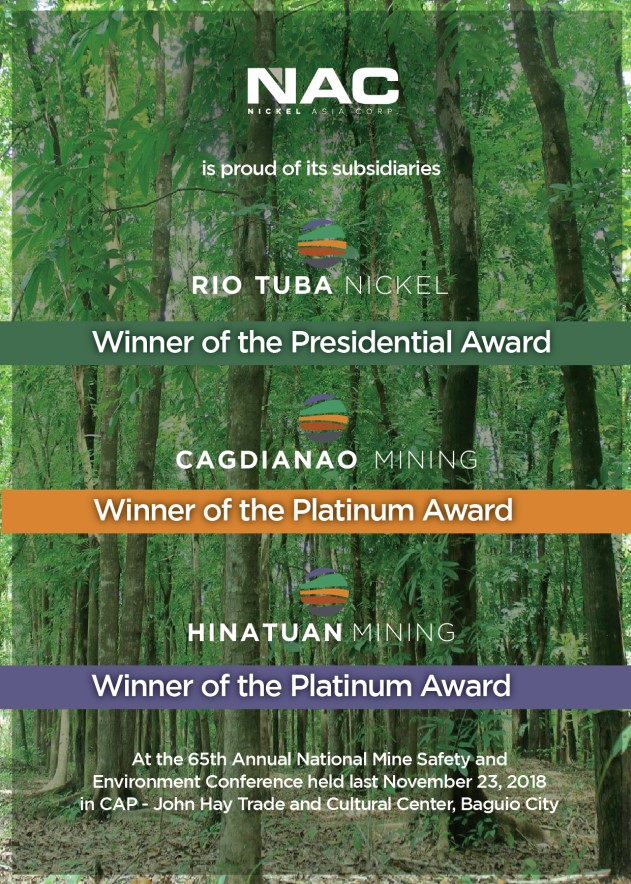Harvest Time
The lowly malunggay is a great income earner
By Sosimo Ma. Pablico
One may say I am kidding, but it’s indeed true that the lowly malunggay can be a source of great income if it is planted on a large scale in well drained soils, especially sandy loam soils. In Pangasinan, the rolling lands that could not be made productive with grain and vegetable crops would be suitable for wide scale malunggay production.
Take it from a farmer in Barangay Salapasap, Cabugao, Ilocos Sur who transformed a wasteland with sandy loam soil along the coast of the China Sea into a malunggay plantation. The malunggay pods enabled his children to obtain college education. Thirty years after this farmer started to establish his plantation, a more enterprising couple in the barangay followed his example and is now getting a much higher income than him.
Antonio Solima, now 69, started to establish his plantation 35 years ago in a 1.3-ha [hectare] wasteland that was filled with what the locals call kandaroma, a bushy ever green plant with lots of thorny, intertwining branches that usually grows along the coast line. Indeed, people may have been saying he was crazy, as it was extremely difficult to clear the area.
Soon after some portions were already cleared, Antonio started to plant malunggay, which he saw was growing well in the backyards of the barangay residents. He planted only 50 trees in the first year because there were not much malunggay stems that he could get from his grandfather. The initial 50 trees started producing some pods the following year, which Antonio’s wife, Flora, sold at the town’s public market for a little cash.
When Antonio started to harvest his crop in 1973, the farm gate price of malunggay pods was P.50 a piece, which was already considered a good price. Although the total income he derived was not much, he was encouraged to continue planting with the simple arithmetic calculation that his income would eventually increase to a considerable extent with an increasing number of trees.
Indeed, Antonio’s income from malunggay pods has also been increasing with the number of trees through the years.
Although Flora had to sell the pods initially at the town’s public market, she soon found herself bringing the pods to Laoag City public market because of the increasing harvest and local consumers could no longer consume all of it.
Flora relates that instead of paying an entreda, an entrance fee to sell in the market, the market manager in Laoag City soon demanded that she get a marketing license worth almost 1,000.00 every six months because of the large number of pods that she was selling. At that time, she was bringing as many as 6,000 pods every time she went to Laoag City. The selling price then was only P60.00 for every 100 pods. Thus, their gross income per harvest at that time was P3,600.00.
The market manager thought Flora was a middleman, but she insisted that the pods were their own produce. She even asked the market manager to visit their farm so that he can see for himself the area they have planted.
The market manager doubted Flora because as far as he knew, nobody in the Ilocos Region ever planted a wide area to the tune of even just 1,000 square meters with malunggay. Normally, it is just planted as part of the perimeter boundary or as a fence. A household may have as many as 20 to 40 trees, but not in thousands. Fortunately, somebody with a stall at the vegetables section of the public market testified that the malunggay pods were indeed produced in their farm.
For a while, Flora was bringing their harvest to the Laoag City public market twice a week until middlemen started to flock to the farm in the mid-80s to be assured that they have a good share of the harvest. While the middlemen still bring some pods to Laoag City, a bigger chunk of the harvest is brought to distant places like Cagayan, Isabela, Tarlac and Urdaneta City.
Today, Antonio now harvests no less than 7,000 pods per harvest or 14,000 pods a week during the peak period. A small bundle with 10 pods now costs P25.00. This means that with two harvests a week, their weekly gross income is now no less than P35,000.00.
Harvesting starts in mid-November and winds up in May if heavy rains begin to pour, as malunggay does not like too much water. Its leaves drop when the roots get soaked continuously in water. Moreover, any pod produced during the rainy season is bitter and, hence, not fit for human consumption.
Antonio and Flora said their children could not have obtained their college education without malunggay. Two finished a course on radio communication operation, while two graduated in marine science and technology. Likewise, one studied computer technology and now works in a construction firm.
The youngest child, a girl, finished BS in Nursing from the University of Northern Philippines in Vigan City and was reviewing for the nursing licensure examination when we visited the farm. At the current high cost of nursing education, Flora said it would have been extremely difficult for them to send their daughter to nursing school without their income from malunggay.
Well, isn’t this something to reckon with?
(Readers may reach columnist at spablico@yahoo.com. For past columns, click http://sundaypunch.prepys.com/archives/category/opinion/harvest-time/ For reactions to this column, click “Send MESSAGES, OPINIONS, COMMENTS” on default page.)






